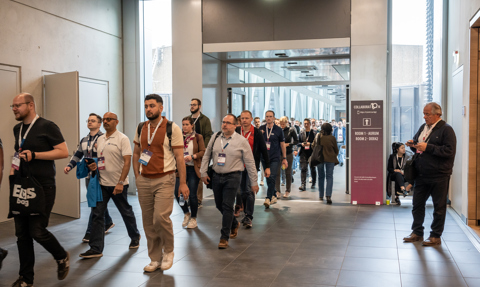How to manage event health and safety for everyone?


Events change and develop over the course of time, but one aspect you shouldn't forget - making them safe for everyone attending. Whether it's a music festival or a business conference, prioritizing event safety is essential. Event planners should always be concerned about implementing various measures to make everyone attending safe, comfortable, and willing to return. Making events safe for everyone can't be achieved using a one-rule-fits-all approach. However, using our set of guidelines can be useful to create a small set of improvements directing you toward event success.
The foundations of health and safety at an event lie in meticulous planning and risk assessment conducted by event planners. It's a well-known fact that risk can manifest in everything, from equipment and power failures to food safety concerns or sponsors' withdrawal. Find your power to prevail over anything by considering all the aspects, from venue layout and infrastructure to emergency protocols. Engage a dedicated safety team to conduct risk assessments to address health and safety concerns adequately.
Clear communication creates awareness and sets expectations for event attendees. Use various channels to disseminate crucial information about health and safety measures at an event, before, during, and after. For example, use event apps that allow customers to create customized solutions, such as a standalone section dedicated to explaining important health and safety measures. Construct this section to emphasize the importance of personal hygiene and proper respiratory etiquette. Also, using your website, you can encourage attendees to stay informed about updates using the event app.
Effective crowd management is a cornerstone of event safety. Always consider designing event layouts with crowd flow in mind, their entry and exit points, emergency exits, and accessible routes for those with disabilities. It might come in handy during the registration process to employ trained professionals when managing crowd movements or to anticipate potential bottlenecks that are beneficial to safety for everyone.
When considering managing health and safety at an event, maintaining cleanliness and promoting good hygiene practices can significantly reduce the spread of diseases. Provide a sufficient number of hand sanitizing stations throughout the venue and encourage their regular use. Arrange for regular cleaning and disinfection of high-touch surfaces, restrooms, and food service areas. Ensure that food vendors follow strict hygiene and safety regulations, and double-check again.
It's a standard measure, but never enough to remind ourselves again. Plan events to be ready to handle medical emergencies. Negotiate with the venue staff or on your own (depending on the occasion) for a medical-trained team or first aid stations staffed by trained professionals who can promptly respond to any health-related incidents.
Event planners should keep at the forefront of their efforts to create health and safety at an event for everyone. Following all our guidelines and implementing robust safety measures creates an environment where attendees feel secure, valued, and free to enjoy the event experience. In addition, it will make everyone attending safe, comfortable, and willing to come back again. Therefore, control measures and do the revisions so that your approach can be varied for the next event.